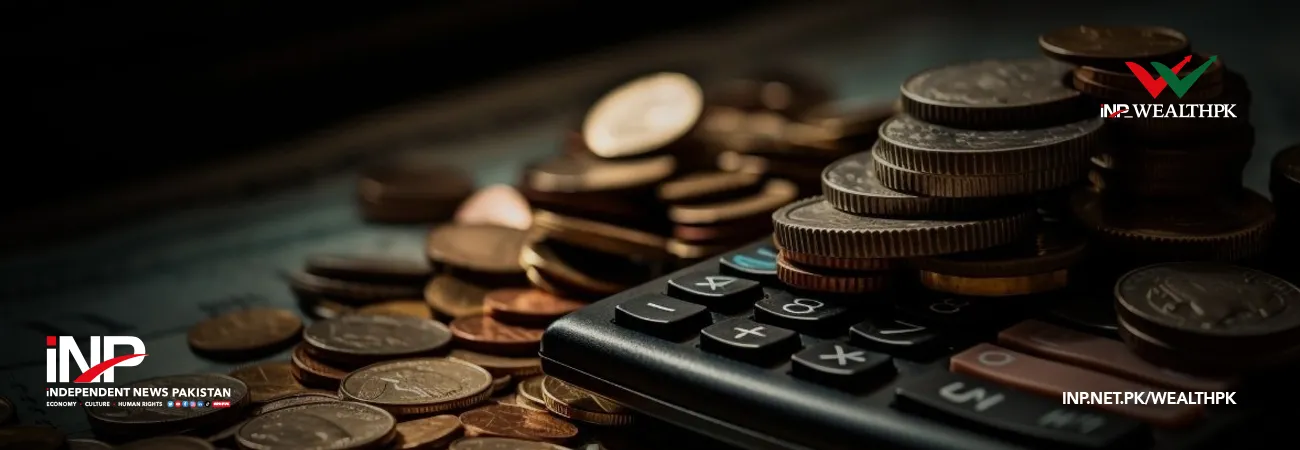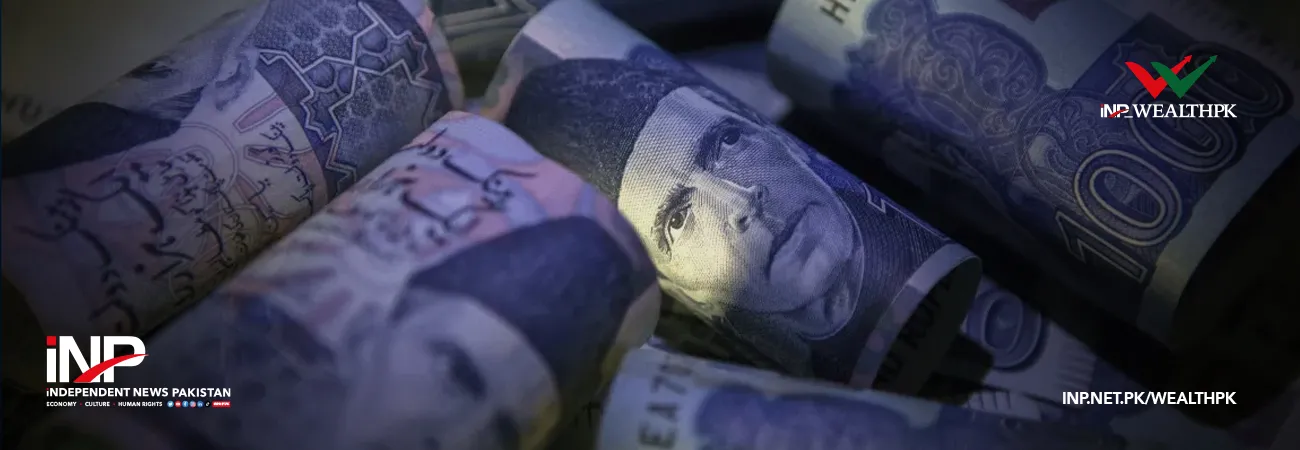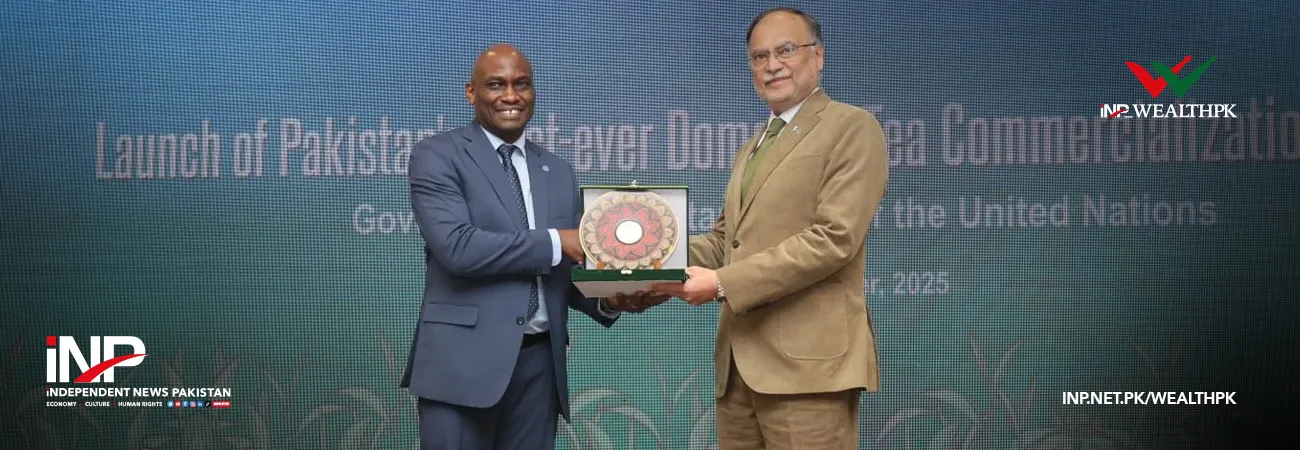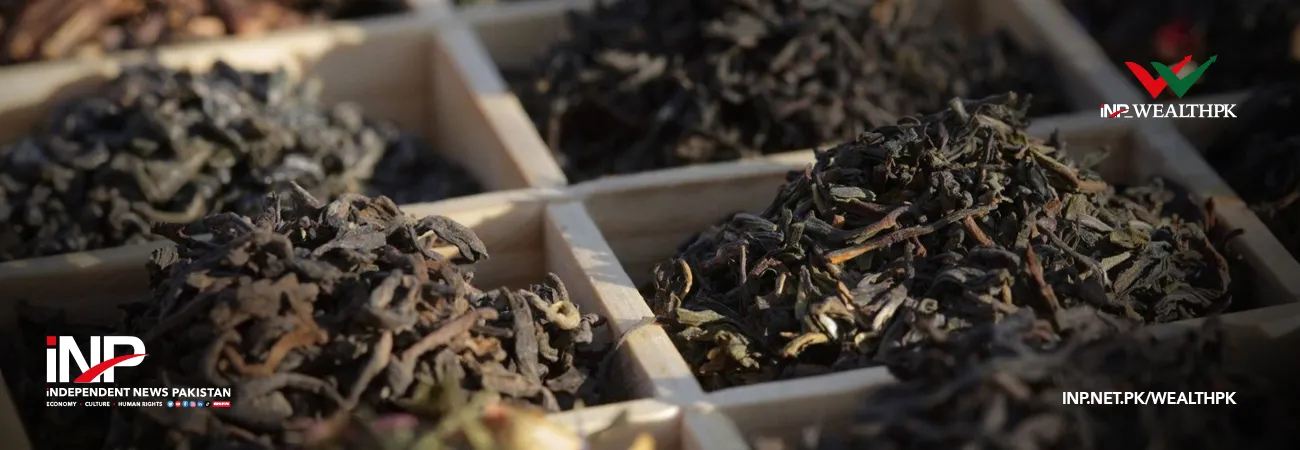INP-WealthPk
Qudsia Bano
Pakistan has paid $6.105 billion in external public debt servicing during the first half of the Fiscal Year 2024-25, reflecting its growing financial obligations in a challenging economic environment, reports WealthPK.

According to the data from the Ministry of Economic Affairs, the government repaid $4.23 billion in principal and $1.875 billion in interest between July and December. The breakdown shows that the largest repayments were made to the International Monetary Fund ($1.165 billion), Saudi Arabia ($792 million), Asian Development Bank ($774 million), and the World Bank ($661 million).
Payments were also made to commercial banks, bonds, China’s SAFE deposits, and bilateral lenders, such as Japan and France. As of December 31, 2024, the country’s external public debt stood at $86.6 billion. Around 63 percent of this debt has been borrowed from multilateral and bilateral development partners on concessional terms, while the remaining amount includes market-based debt from bonds, commercial banks, and deposits from partner countries.
During the same period, the government signed new loan agreements of $2.5 billion, mostly from multilateral sources, with a portion allocated to budgetary support and project financing. Disbursements of $3.75 billion were recorded, with the World Bank, Asian Development Bank, and Islamic Development Bank among the top contributors. Despite these inflows, the net transfers remained negative at $1.73 billion, indicating that Pakistan had paid more than it received.
Experts have raised concern over the rising burden of debt and its implications for development spending. Rizwan Yousaf, a senior economist at the Applied Economics Research Centre in Karachi, said that increasing external repayments are squeezing Pakistan’s fiscal space. “The more we pay in debt servicing, the less we have for education, health, and infrastructure.
Reliance on external loans has become a cycle, and without reforms in tax collection and public sector management, we will remain stuck,” he explained. He added that while concessional borrowing provides temporary relief, it does not solve the underlying issues. “Pakistan needs to reduce its dependency on debt and focus on increasing exports, domestic revenues, and targeted development,” he said. Sadia Imran, Research Officer at the Sustainable Development Policy Institute, Islamabad, shared a similar view.
“High debt repayments are a warning sign. They limit our ability to invest in people and public services. There is an urgent need to rationalize expenditures, eliminate wasteful subsidies, and expand the tax net,” she said. Sadia also emphasized the need for better project planning and loan utilization. “Many times, loans are underutilized or delayed in implementation. Improving project efficiency will ensure that the borrowed funds lead to tangible economic benefits,” she added.
The sectoral distribution of project disbursements during the six-month period reflects the government’s focus on energy, flood recovery, and social sectors. However, analysts warn that without addressing structural fiscal weaknesses, such efforts may fail to deliver sustainable economic growth. The latest debt servicing figures serve as a reminder that while borrowing may be necessary for short-term stability, long-term resilience requires internal reform and better economic governance.
Credit: INP-WealthPk













